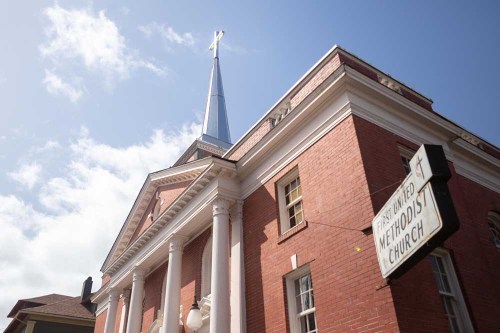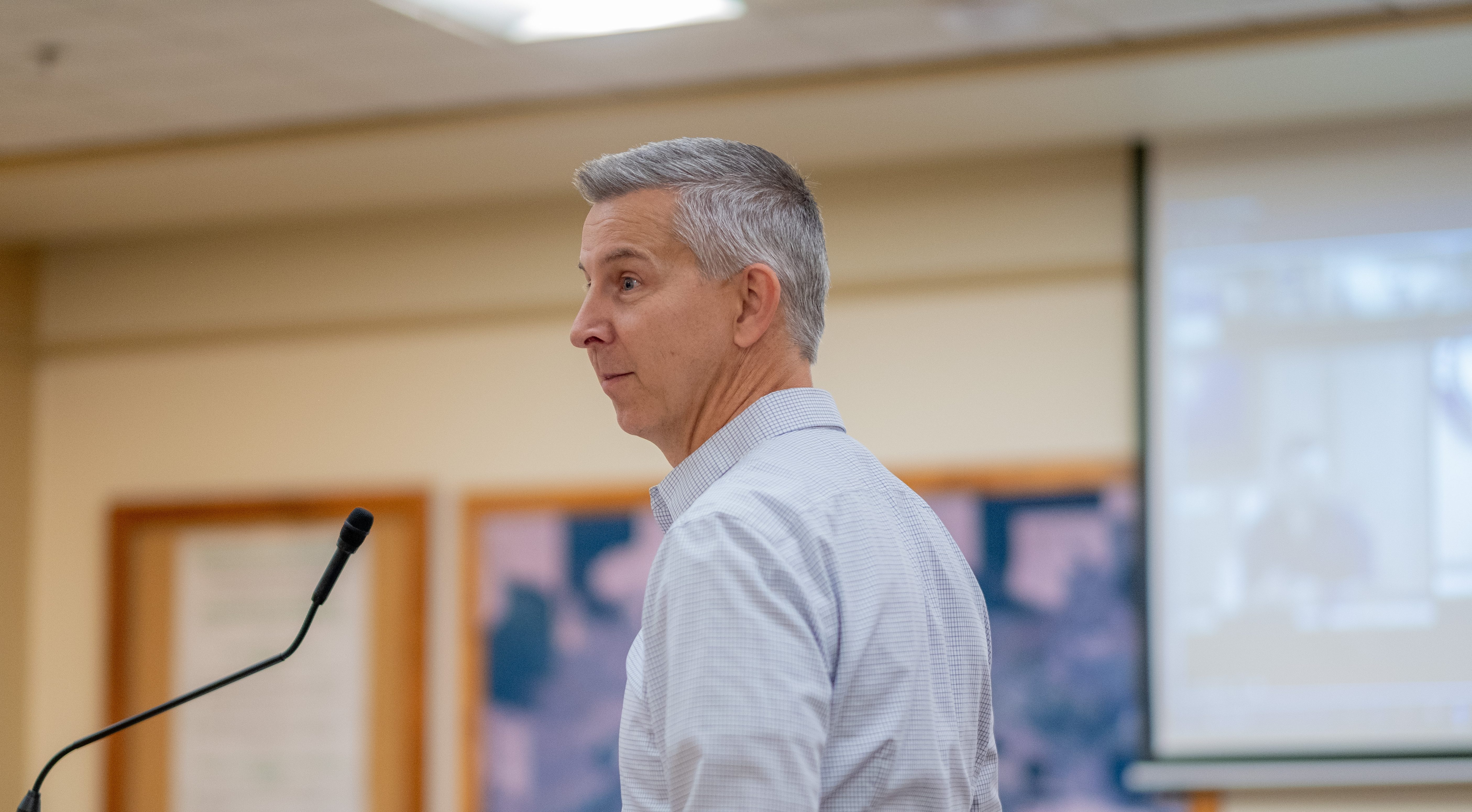Astoria Warming Center looks to expand mission
Published 11:15 am Wednesday, May 4, 2022

- The Astoria Warming Center is based out of the First United Methodist Church.
The Astoria Warming Center’s primary mission is to serve as an overnight emergency shelter to keep people from dying outdoors in wintry weather.
That mission may soon expand to include additional ways of helping the homeless.
Trending
Last year, the warming center hired Lisa Hawash, an associate professor at Portland State University, as a consultant. She is facilitating a strategic planning process on how the warming center can maintain its core function — keeping people alive — and begin to think beyond it.
During its eighth season, which began Nov. 15 and ended March 15, the warming center was open 88 nights and hosted about 165 people. More than 10 times, the center hit the pandemic-modified capacity of 28. The year before, the warming center did not hit capacity once.
Many people, some nights up to 10, came in to use the shelter’s services — such as to get a meal, take a shower, do their laundry, pick up clothes and hygiene supplies — without choosing to sleep there, according to Teresa Barnes, the warming center’s executive director.
Barnes said the frequent use of the warming center for drop-in services suggests the shelter needs to broaden its mission.
“It’s really important that there is a place that provides shelter, but it’s also really important that there’s a place that people can go and get basic needs met,” she said.
The warming center hopes to start providing off-season laundry and shower services soon.
Trending
Homelessness has become an increasingly visible issue on the North Coast. Cities are working through new restrictions on homeless camping, abandoned vehicles and behavioral problems while social services agencies are trying to improve access to housing and mental health and substance abuse treatment.
The Astoria Warming Center, meanwhile, has had significant upheaval in leadership. The last couple of years saw a series of board presidents and the loss of many original board members and staff. Barnes is the second executive director in as many years.
The upshot, Barnes said, is that she and Billie Delaney, the warming center’s coordinator, spent last season — their first in their respective roles — in an environment where institutional memory had been lost. Barnes or Delaney or both worked at the warming center every night, along with other paid staff and a kitchen volunteer.
“It’s a lot to do without a staff of trained mental health care workers or social workers,” Barnes said.
The shelter is low-barrier: Anyone who can enter unassisted and doesn’t need medical treatment can stay. Barnes said the center was even lower-barrier than in years past: Behavior that would normally have resulted in people getting ejected was handled differently.
“We really didn’t kick anyone out unless they were just, like, posing a really immediate danger to themselves or someone else,” she said.
Hawash, who co-founded the university’s Homelessness Research & Action Collaborative, is helping the warming center put together a one-year plan to address immediate needs and the framework for a longer-range vision, Barnes said.
Ron Maxted, the warming center’s board president, said a strategic plan had long been discussed. “It’s been in the air, talking about how we need to do different things differently,” he said. “And so now we’re getting down to actually making a plan.”
The center has debated whether to move out of their location, the basement of First United Methodist Church at Franklin Avenue and 11th Street, because of its limitations.
For example, a state law passed last year that allows warming centers to remain open in winter, even when the weather isn’t dangerous, did not benefit Astoria’s warming center. Sprinkler systems and other upgrades to the church would be needed first. The center still had only 90 days to work with.
The warming center has also discussed offering year-round services and expanding into a day center, possibly offering services that complement those of LiFEBoat Services, the umbrella organization of Beacon Clubhouse and Filling Empty Bellies that opened last year on Commercial Street.
The strategic plan, Barnes said, is a blueprint for getting the warming center out of “survival mode.”
“What other organization has to hire a full staff every single year — hire and train a full staff — and then you work for three months — seasonal and on-call kind of work — and then you’re done, and then you have to do it all over again the next year?” she said.
Barnes believes this model is unsustainable.
The strategic plan will address future funding sources. The warming center’s Oregon Health Authority grant, allocated because of the coronavirus pandemic, will end in June 2023, Barnes said.
The warming center has also received funding from the Columbia-Pacific Coordinated Care Organization, the city, the American Rescue Plan Act through Clatsop County, Warrenton High School’s CommuniCare program, NAMI (National Alliance on Mental Illness) Oregon and individual donors.
“I’m very hopeful that there could actually be kind of a better, more comprehensive way to address homelessness than what we’ve been doing so far,” Barnes said.









